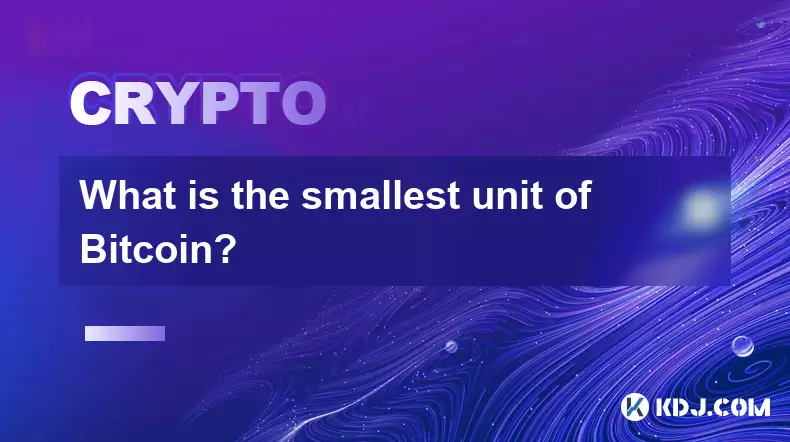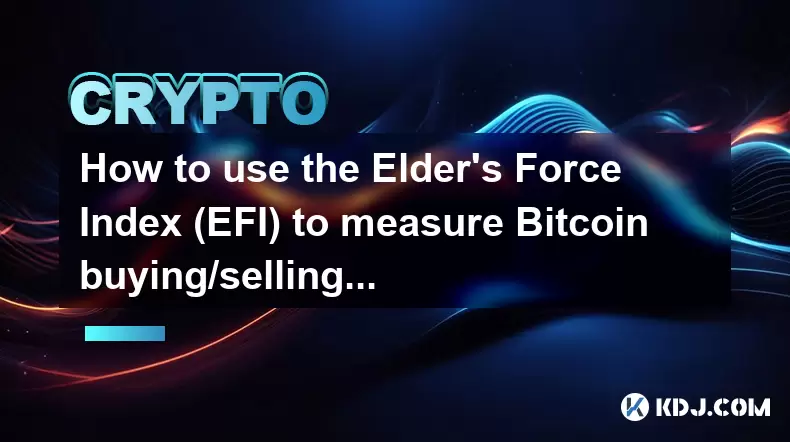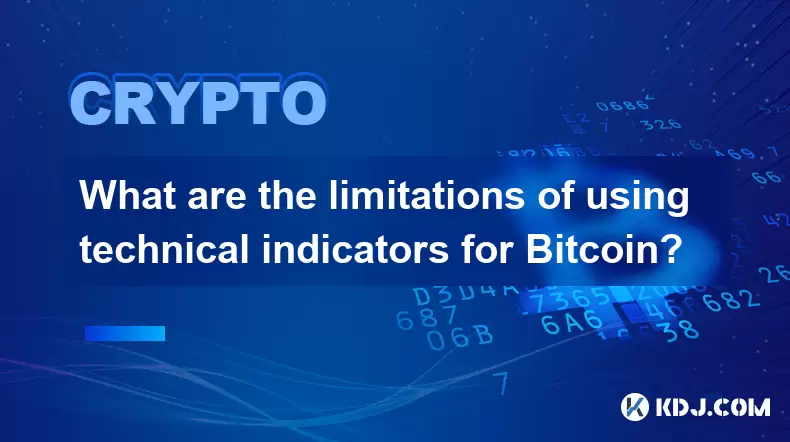-
 Bitcoin
Bitcoin $108,562.4295
0.46% -
 Ethereum
Ethereum $2,533.9553
1.52% -
 Tether USDt
Tether USDt $1.0002
-0.01% -
 XRP
XRP $2.2542
2.23% -
 BNB
BNB $662.4567
1.48% -
 Solana
Solana $151.4114
3.48% -
 USDC
USDC $0.9999
0.00% -
 TRON
TRON $0.2860
0.91% -
 Dogecoin
Dogecoin $0.1685
3.72% -
 Cardano
Cardano $0.5809
1.63% -
 Hyperliquid
Hyperliquid $39.2916
1.85% -
 Sui
Sui $2.8874
0.85% -
 Bitcoin Cash
Bitcoin Cash $496.5801
2.72% -
 Chainlink
Chainlink $13.3582
2.48% -
 UNUS SED LEO
UNUS SED LEO $9.0279
0.07% -
 Avalanche
Avalanche $18.0773
2.30% -
 Stellar
Stellar $0.2426
3.05% -
 Toncoin
Toncoin $2.9086
6.01% -
 Shiba Inu
Shiba Inu $0.0...01170
2.97% -
 Hedera
Hedera $0.1587
3.47% -
 Litecoin
Litecoin $87.4596
1.13% -
 Monero
Monero $317.0425
0.73% -
 Polkadot
Polkadot $3.3778
1.90% -
 Dai
Dai $0.9999
-0.01% -
 Ethena USDe
Ethena USDe $1.0001
-0.01% -
 Bitget Token
Bitget Token $4.4095
0.63% -
 Uniswap
Uniswap $7.3593
6.80% -
 Pepe
Pepe $0.0...09910
3.64% -
 Aave
Aave $274.7388
2.68% -
 Pi
Pi $0.4607
0.48%
What is the smallest unit of Bitcoin?
Bitcoin's smallest unit, the satoshi, enables microtransactions and precise fee calculations on the blockchain.
Jul 07, 2025 at 04:56 am

Understanding Bitcoin's Smallest Unit
Bitcoin, as a decentralized digital currency, operates on a unique framework where transactions and balances are measured in specific units. The smallest unit of Bitcoin is known as a satoshi, named after the pseudonymous creator of Bitcoin, Satoshi Nakamoto. One satoshi equals 0.00000001 BTC, which means there are 100 million satoshis in one full Bitcoin.
This granular divisibility allows for microtransactions and enables users to send or receive very small amounts of Bitcoin without requiring whole coins. This concept is fundamental to Bitcoin’s design, ensuring that even if the price of a single Bitcoin rises significantly, users can still transact with fractions of a coin.
Satoshi is the base unit used in Bitcoin transactions at the protocol level.
The Role of Satoshis in Blockchain Transactions
When users send or receive Bitcoin, the transaction amounts are recorded on the blockchain in satoshis. Wallets and exchanges often display balances in BTC for simplicity, but behind the scenes, all values are processed in satoshis. For example, if you see a balance of 0.005 BTC, this translates to 500,000 satoshis.
Transaction fees are also calculated using satoshis per byte (sats/byte), especially in wallets that allow fee customization. Users who want their transactions confirmed faster may choose to pay higher fees in sats/byte, while those willing to wait might opt for lower fees.
Transaction fees are directly tied to the number of satoshis paid per byte of data in a transaction.
How Are Satoshis Used in Everyday Transactions?
As Bitcoin gains mainstream adoption, more merchants and platforms accept payments in satoshis. Some apps and services even denominate prices in satoshis rather than fiat currencies. For instance, a cup of coffee priced at $5 could be listed as costing approximately 200,000 satoshis depending on the exchange rate.
Lightning Network implementations, which facilitate fast and low-cost Bitcoin transactions, commonly use satoshis for routing and settlement. This helps maintain efficiency and precision when handling microtransactions across payment channels.
- Merchants may display prices in satoshis to avoid frequent updates due to Bitcoin volatility.
- Payment processors convert fiat amounts into satoshis automatically during checkout.
Tracking and Managing Satoshis in Wallets
Most modern Bitcoin wallets support viewing balances in both BTC and satoshis. However, not all wallets provide an option to switch between units. Users interested in tracking their holdings in satoshis should check wallet settings or look for advanced features.
To manually convert BTC to satoshis:
- Multiply the BTC amount by 100,000,000.
- For example: 0.0001 BTC × 100,000,000 = 10,000 satoshis.
Some wallets also allow users to set alerts or thresholds based on satoshi amounts, which can be useful for budgeting or investment tracking.
- Wallets like Electrum and BlueWallet offer satoshi denomination options.
- Third-party tools such as satoshi converters can help with manual calculations.
Common Misconceptions About Bitcoin Units
Many new users confuse terms like millibitcoin (mBTC) and microbitcoin (μBTC) with satoshis. While these are alternative denominations, they are not as widely adopted or standardized as the satoshi.
For clarity:
- 1 mBTC = 0.001 BTC = 100,000 satoshis
- 1 μBTC = 0.000001 BTC = 100 satoshis
Despite being valid units, these alternatives are rarely used in actual transactions or development environments. The satoshi remains the most precise and universally accepted unit within the Bitcoin ecosystem.
Only satoshis are recognized at the protocol level; other units are for human readability.
Frequently Asked Questions
Can I buy just one satoshi?
While technically possible, most exchanges do not allow purchases of less than a few dollars' worth of Bitcoin due to minimum order sizes and transaction fees. You would typically end up owning a fraction of a satoshi if you tried to buy such a small amount.
Why don’t all wallets show satoshis by default?
Most wallets prioritize user experience and display BTC or fiat equivalents because satoshi values can be difficult for newcomers to interpret. However, many wallets include an option to toggle between units.
Is it possible to lose satoshis in a transaction?
Yes, if a transaction fee is too low, it might cause a transaction to get stuck or fail, potentially leading to temporary loss of funds. Additionally, sending funds to an invalid address can result in permanent loss of satoshis.
Are satoshis stored differently from Bitcoin?
No, satoshis are simply a way to express smaller amounts of Bitcoin. All Bitcoin balances, regardless of size, are represented in satoshis on the blockchain.
Disclaimer:info@kdj.com
The information provided is not trading advice. kdj.com does not assume any responsibility for any investments made based on the information provided in this article. Cryptocurrencies are highly volatile and it is highly recommended that you invest with caution after thorough research!
If you believe that the content used on this website infringes your copyright, please contact us immediately (info@kdj.com) and we will delete it promptly.
- XRP's Wild Ride: Bullish Sentiment vs. Market Volatility - What's Next?
- 2025-07-07 09:30:12
- Ethereum Name Service (ENS) Price Forecast 2025-2031: What the Future Holds
- 2025-07-07 08:50:12
- Bitcoin's Outflow Ratio Signals Bullish Trend: Is a Breakout Imminent?
- 2025-07-07 09:30:12
- Standard Chartered's Bold Bitcoin Prediction: $200K by Year-End?
- 2025-07-07 09:50:11
- XRP Price: Rally, Crash, or Just Cruising? A New Yorker's Take
- 2025-07-07 08:55:12
- Worldcoin Price Prediction: Bullish Triangle Hints at Potential Breakout!
- 2025-07-07 08:30:13
Related knowledge

How to identify a volatility contraction pattern on Bitcoin using indicators?
Jul 07,2025 at 07:28am
What is a Volatility Contraction Pattern in Bitcoin Trading?A volatility contraction pattern refers to a phase where the price movement of an asset, such as Bitcoin, becomes increasingly narrow over time. This typically signals that the market is consolidating and may be preparing for a breakout or breakdown. In simpler terms, when volatility contracts,...

What is the Woodies CCI indicator and can it be used for Bitcoin?
Jul 04,2025 at 05:14pm
Understanding the Woodies CCI IndicatorThe Woodies CCI indicator is a variation of the traditional Commodity Channel Index (CCI), which was originally developed by Donald Lambert. The standard CCI measures the current price level relative to an average price over a given period, typically 14. However, the Woodies version modifies this calculation to mak...

How to use indicators to trade the opening range breakout for Bitcoin CME futures?
Jul 05,2025 at 07:35pm
What Is the Opening Range Breakout Strategy?The opening range breakout (ORB) strategy is a popular trading technique used in both traditional markets and cryptocurrency futures, particularly for Bitcoin on the CME. This method involves identifying a specific price range formed during the early phase of a trading session and then taking positions when th...

What does a bearish cross on the Stochastic RSI mean for Bitcoin?
Jul 05,2025 at 07:18pm
Understanding the Stochastic RSI IndicatorThe Stochastic RSI (Relative Strength Index) is a momentum oscillator used in technical analysis to identify overbought or oversold conditions in an asset's price. It combines two well-known indicators — the RSI and the Stochastic Oscillator — to provide more nuanced signals than either could alone. The Stochast...

How to use the Elder's Force Index (EFI) to measure Bitcoin buying/selling pressure?
Jul 07,2025 at 02:50am
What is the Elder's Force Index (EFI)?The Elder's Force Index (EFI) is a technical indicator developed by Dr. Alexander Elder to measure the power behind price movements in financial markets. It combines both price change and volume to assess buying or selling pressure over a specific period. In the context of Bitcoin trading, EFI helps traders understa...

What are the limitations of using technical indicators for Bitcoin?
Jul 06,2025 at 03:35am
Understanding the Role of Technical Indicators in Cryptocurrency TradingIn the realm of Bitcoin trading, technical indicators are tools used by traders to analyze historical price data and volume to predict future price movements. These indicators—such as Moving Averages, Relative Strength Index (RSI), and MACD—are widely adopted across traditional fina...

How to identify a volatility contraction pattern on Bitcoin using indicators?
Jul 07,2025 at 07:28am
What is a Volatility Contraction Pattern in Bitcoin Trading?A volatility contraction pattern refers to a phase where the price movement of an asset, such as Bitcoin, becomes increasingly narrow over time. This typically signals that the market is consolidating and may be preparing for a breakout or breakdown. In simpler terms, when volatility contracts,...

What is the Woodies CCI indicator and can it be used for Bitcoin?
Jul 04,2025 at 05:14pm
Understanding the Woodies CCI IndicatorThe Woodies CCI indicator is a variation of the traditional Commodity Channel Index (CCI), which was originally developed by Donald Lambert. The standard CCI measures the current price level relative to an average price over a given period, typically 14. However, the Woodies version modifies this calculation to mak...

How to use indicators to trade the opening range breakout for Bitcoin CME futures?
Jul 05,2025 at 07:35pm
What Is the Opening Range Breakout Strategy?The opening range breakout (ORB) strategy is a popular trading technique used in both traditional markets and cryptocurrency futures, particularly for Bitcoin on the CME. This method involves identifying a specific price range formed during the early phase of a trading session and then taking positions when th...

What does a bearish cross on the Stochastic RSI mean for Bitcoin?
Jul 05,2025 at 07:18pm
Understanding the Stochastic RSI IndicatorThe Stochastic RSI (Relative Strength Index) is a momentum oscillator used in technical analysis to identify overbought or oversold conditions in an asset's price. It combines two well-known indicators — the RSI and the Stochastic Oscillator — to provide more nuanced signals than either could alone. The Stochast...

How to use the Elder's Force Index (EFI) to measure Bitcoin buying/selling pressure?
Jul 07,2025 at 02:50am
What is the Elder's Force Index (EFI)?The Elder's Force Index (EFI) is a technical indicator developed by Dr. Alexander Elder to measure the power behind price movements in financial markets. It combines both price change and volume to assess buying or selling pressure over a specific period. In the context of Bitcoin trading, EFI helps traders understa...

What are the limitations of using technical indicators for Bitcoin?
Jul 06,2025 at 03:35am
Understanding the Role of Technical Indicators in Cryptocurrency TradingIn the realm of Bitcoin trading, technical indicators are tools used by traders to analyze historical price data and volume to predict future price movements. These indicators—such as Moving Averages, Relative Strength Index (RSI), and MACD—are widely adopted across traditional fina...
See all articles

























































































